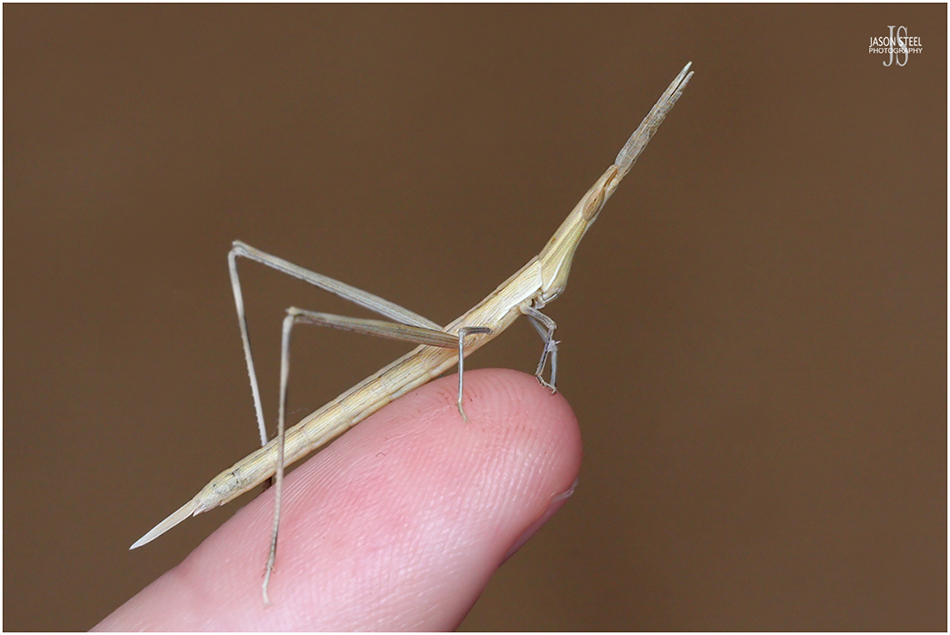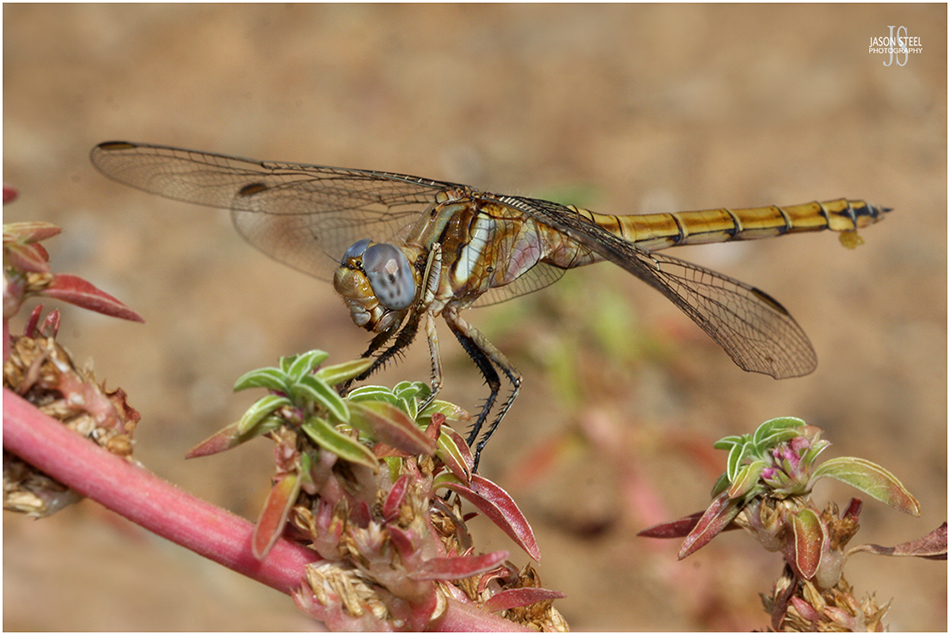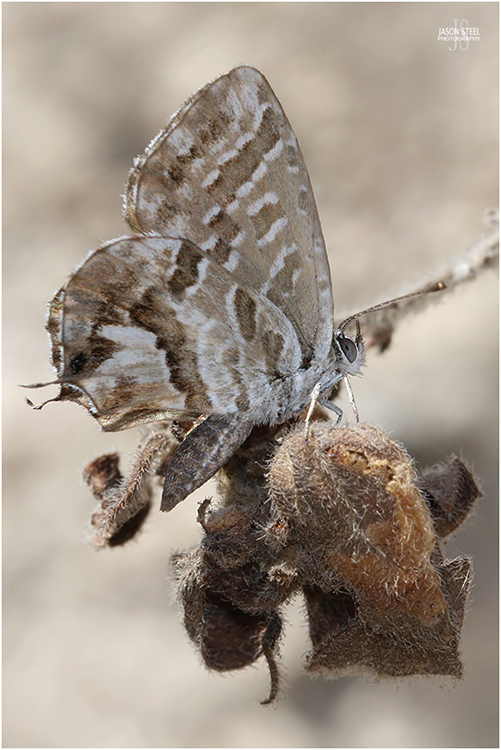This page is for wildlife that I've photographed in the wild whilst holidaying in Spain.
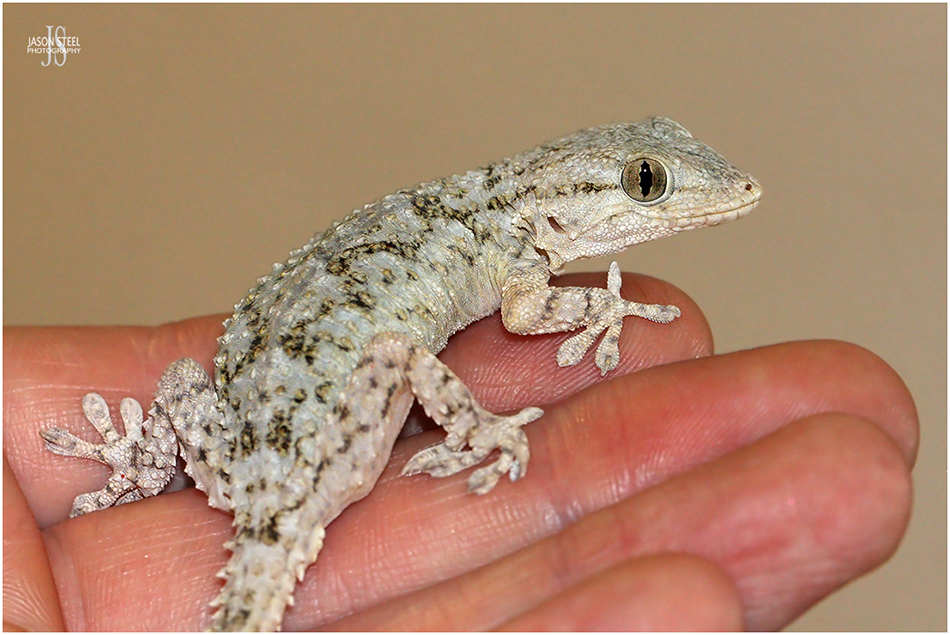
Moorish Gecko, photographed in Torremolinos, Spain, 18th August 2011
Moorish Gecko / Crocodile Gecko (Tarentola mauritanica)
The Moorish Gecko is an medium to large sized gecko, growing to around 15cm in length, including its tail. The Moorish Gecko is found in Northern Africa and throughout the Mediterranean area, and is expanding its range. One of the most obvious characteristics of this gecko and the reason behind it being known as the Crocodile Gecko are the rows of tubercular scales that run down its back, sides and tail. This is a strong and heavily built gecko with a large and pointed head. Their colour can vary from grey - yellow - beige - reddish brown.
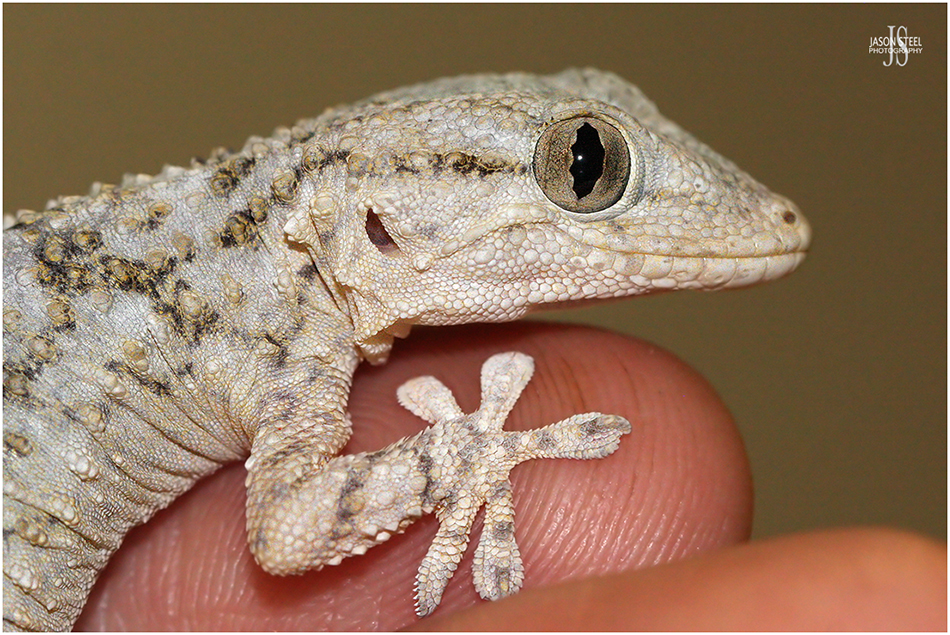
Moorish Gecko, photographed in Torremolinos, Spain, 18th August 2011
Although originally found in dry and rocky areas the Moorish Gecko is also a common visitor to towns and cities, and can often be found at night on walls near street lighting, where it hunts insects and moths attracted by the light. These geckos are not fussy eaters and will consume anything that they can catch and eat, including their own young.
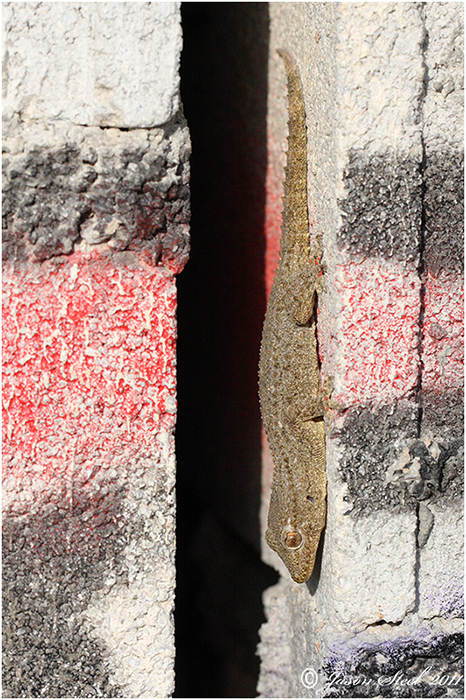
Moorish Gecko, photographed in Torremolinos, Spain, 23rd August 2011
During the heat of the day the Moorish Gecko usually hides in cracks in rocks and walls. Even in high temperatures they can sometimes be found basking openly for short periods of time. Moorish Geckos usually emerge once the the sun begins to fade. These geckos will often wait around light sources and hunt on flying insects attracted to the light. They can also be seen roaming walls as they actively hunt for invertebrate prey. The female Moorish Gecko can lay eggs 4-6 times a year during the breeding season, but the number of eggs laid at any one time is normally just 1 or 2. The young Moorish Geckos are often very colourful and they can even have dark lateral striping but this soon fades as the gecko begins to mature.
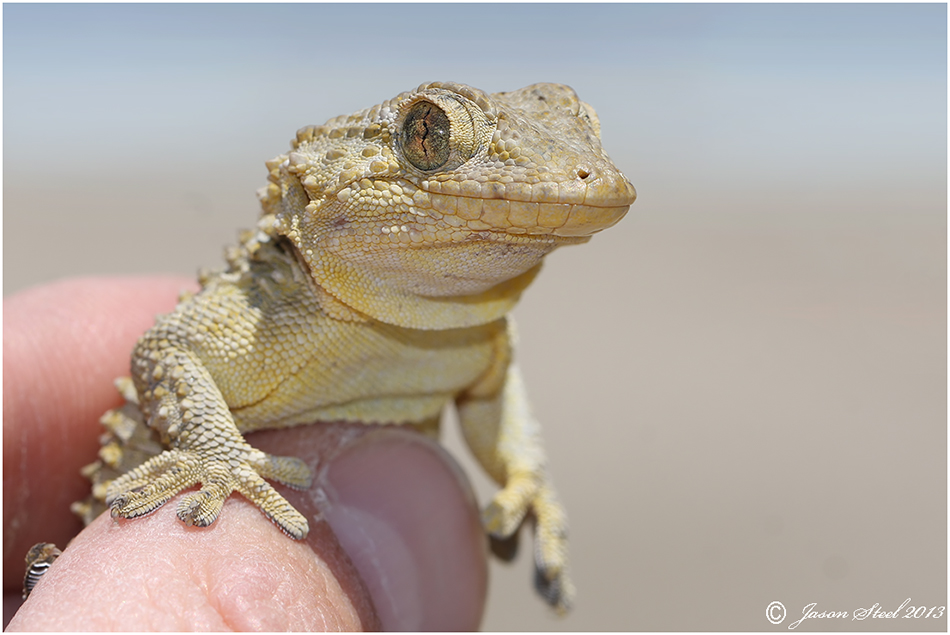
Moorish Gecko, Calahonda, Spain, 29th May 2013
Moorish Geckos can vary a great deal in temperament. Some will sit quite happily on your hand whilst others, including this one pictured above, are very defensive, and will readily bite anything placed in front of them, including fingers.
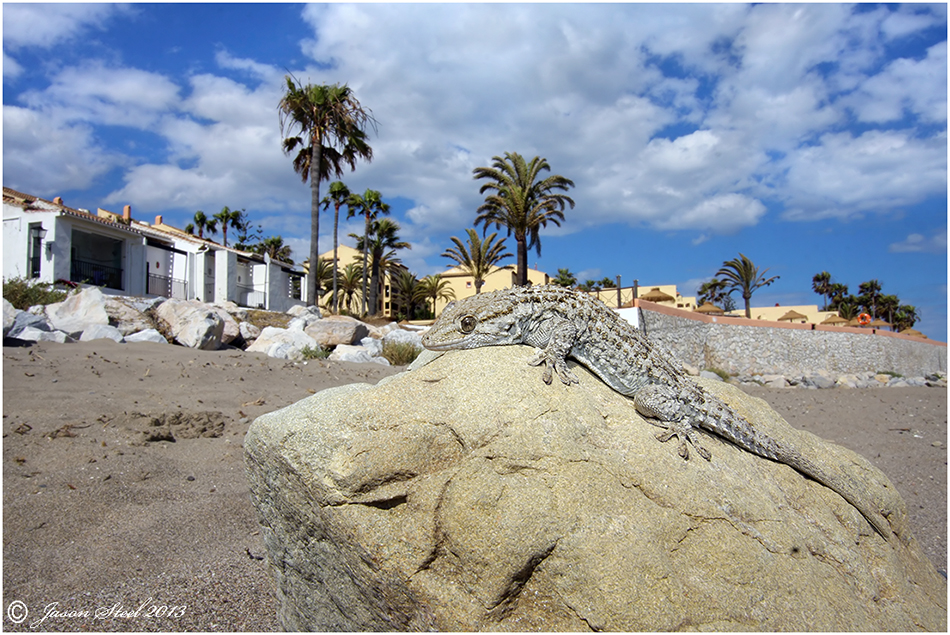
Photographed on Calahonda Beach, in Spain, this Moorish Gecko was one of many found within rock piles. May 2013.
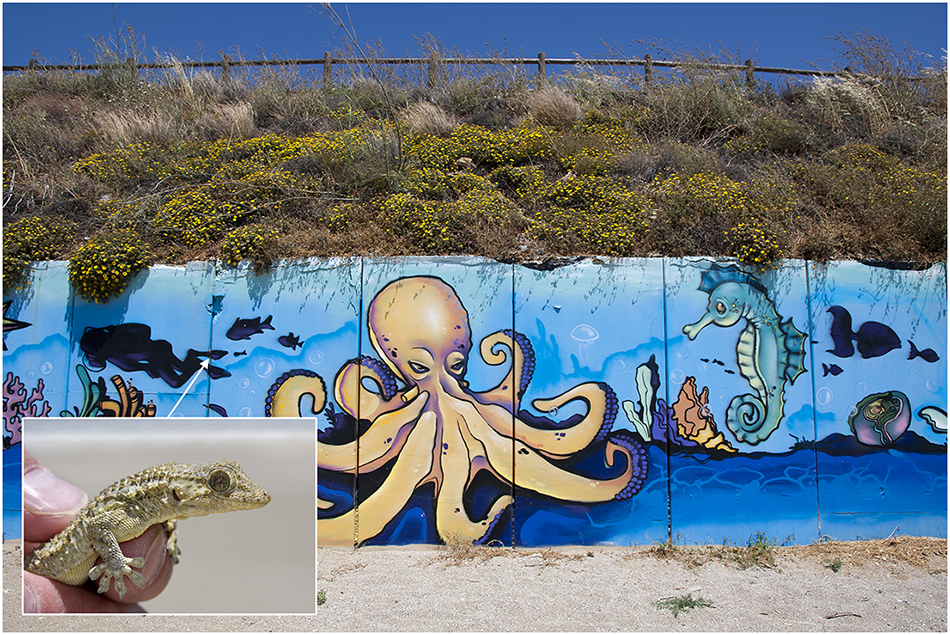
Shading from the 40 degree midday sun there were several Moorish Geckos hiding in the gaps of this beach wall at La Cala de Mijas Beach, Spain. May 2013.
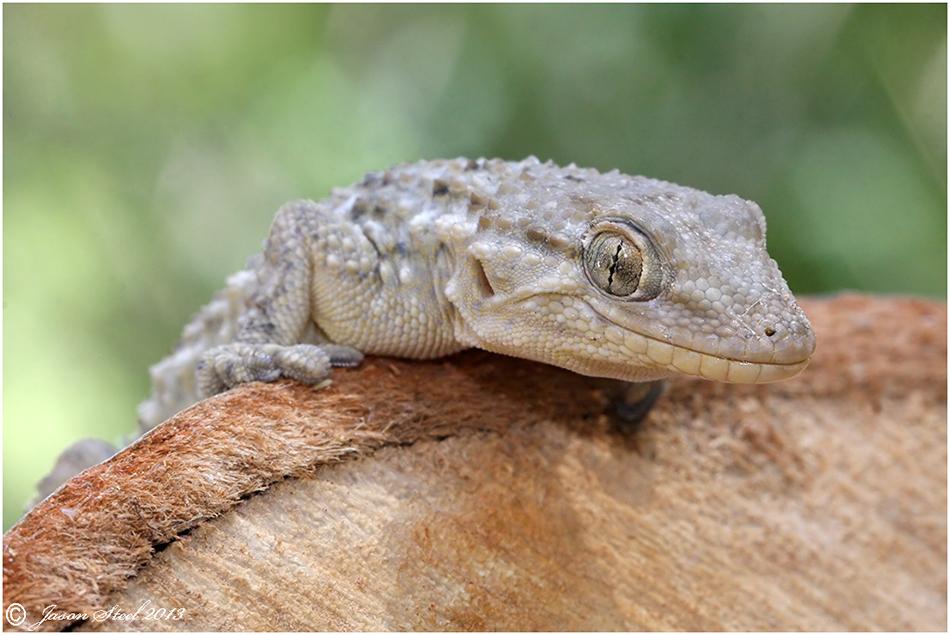
Moorish Gecko, Calahonda, Spain, 29th May 2013
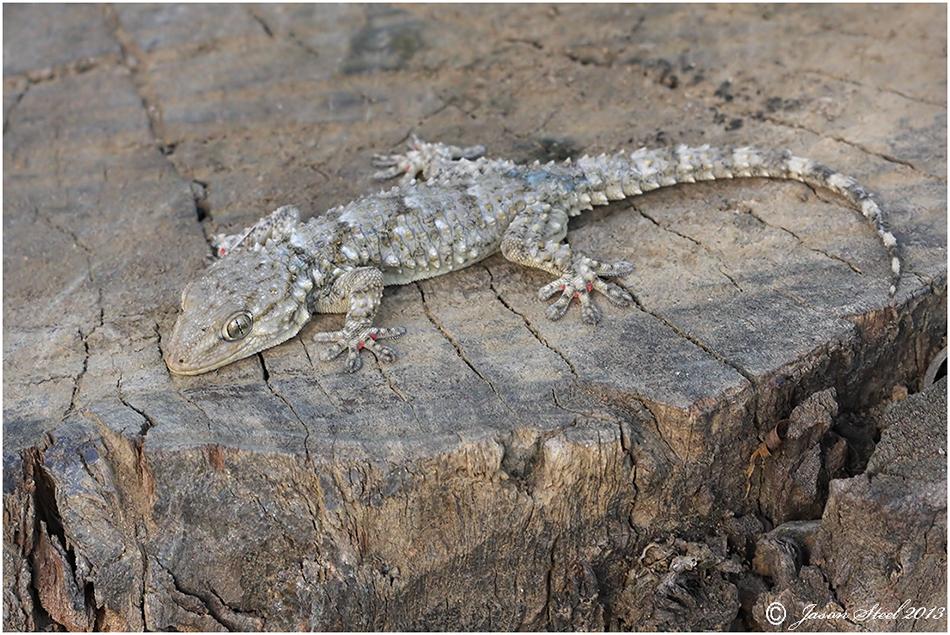
Moorish Gecko, Calahonda, Spain, 29th May 2013
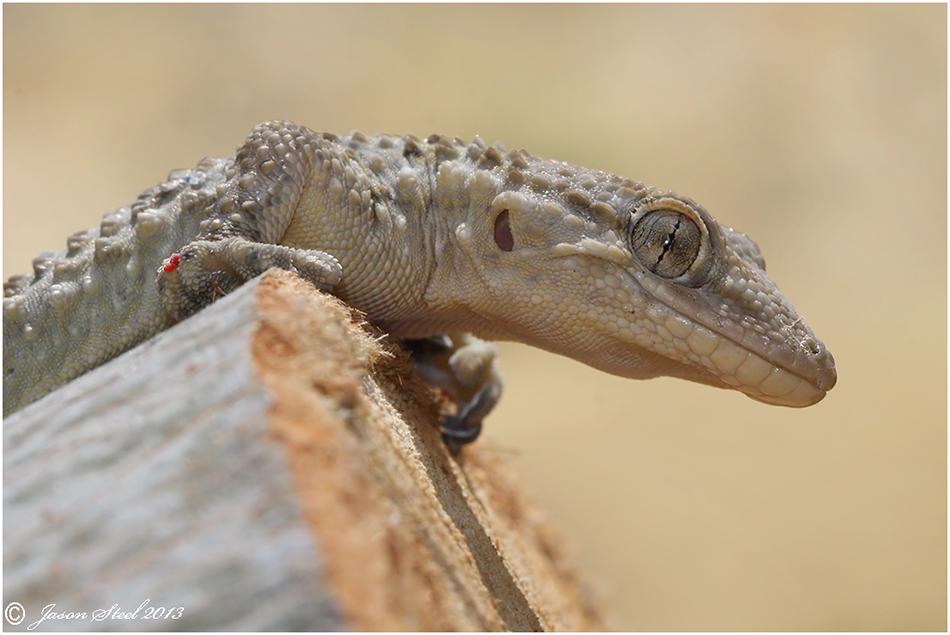
Moorish Gecko, Calahonda, Spain, 29th May 2013
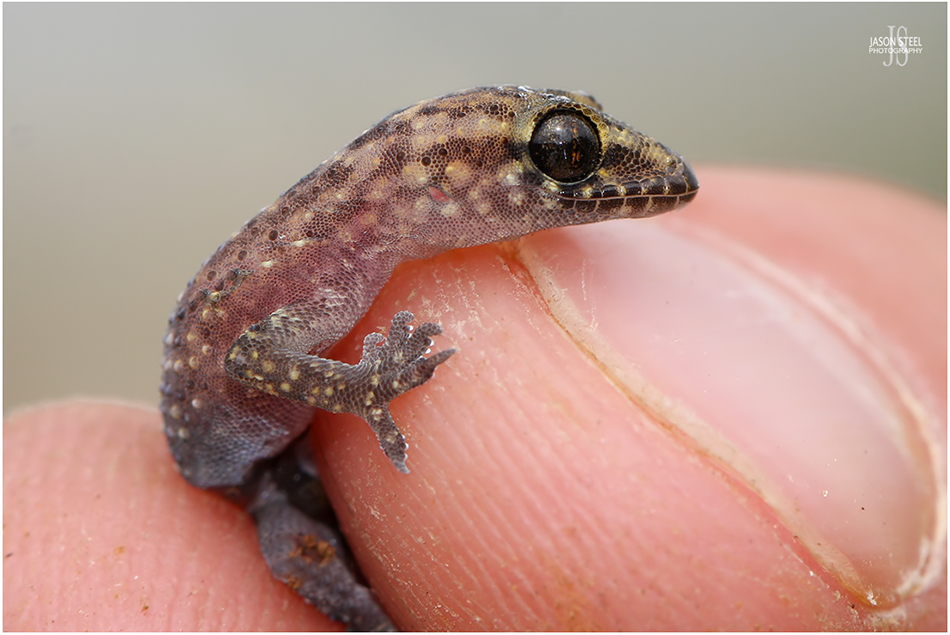
Juvenile Turkish Gecko, found under rocks in Torremolinos, Spain. August 2011.
Turkish Gecko / Mediterranean House Gecko - (Hemidactylus turcicus)
The Mediterranean House Gecko or the Turkish Gecko as they are also known, can grow up to six inches in length including the tail but they are usually 4-5. They are nocturnal and feed on insects. The Turkish Gecko is slender in build and their colour is usually pink - orange or brown and their skin can be semi-translucent. These can be found emerging high on walls at dusk or hidden beneath rocks on the ground during the day as was the case with this very small example.
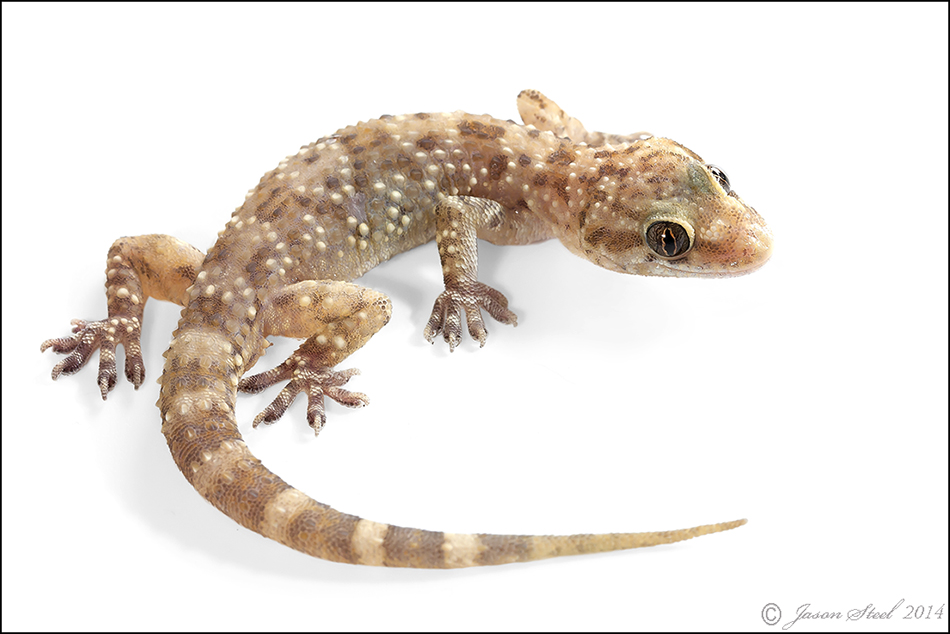
Adult Turkish Gecko, found hunting on a wall under street lighting at night.
The Mediterranean Geckos are smaller and more delicate than the Moorish Geckos. They share similar habitat and are most commonly found preying on moths and other small insects around external lights on houses and walls. They have successfully spread to many countries throughout the world because of their rapid breeding and good resistance to pesticides. This makes them one of the few species that could be increasing in numbers. Females can lay lay eggs several times a year and males can be sexually mature at just six months old. Eggs are usually laid in pairs often in communal egg-laying sites. The males can be quite vocal at night calling out to establish territories.
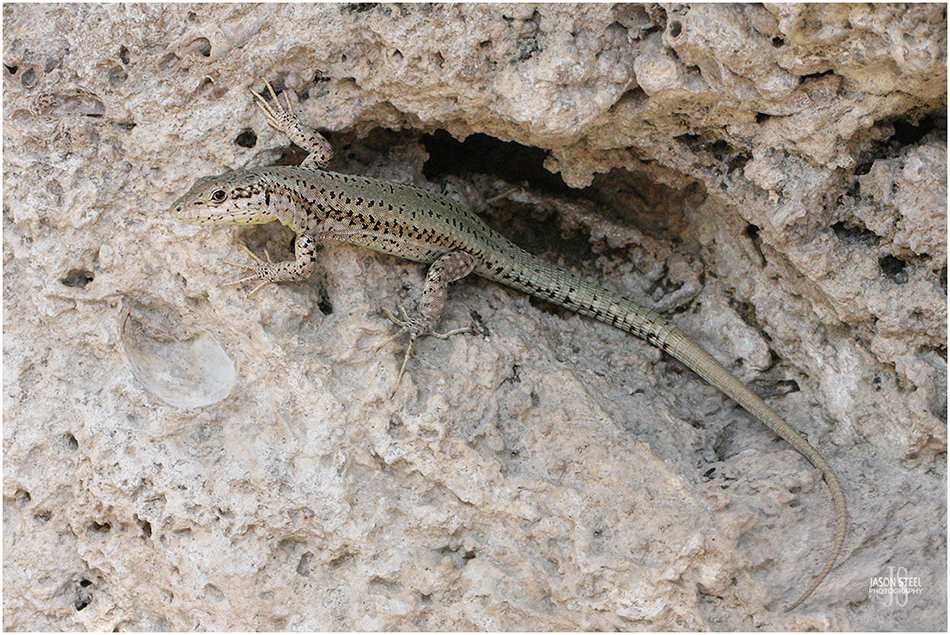
Iberian Wall Lizard , Torremolinos, Spain. August 2011
Iberian Wall Lizard - (Podarcis hispanicus)
These small delicate looking lizards are actually quite robust, and are found across most of Spain. They have a body length of up to 6cm and a tail that can be double their body length. Colour and patterning can vary considerably. I found many basking all through the day on rocky walls and cliffs in the Torremolinos area in Spain.
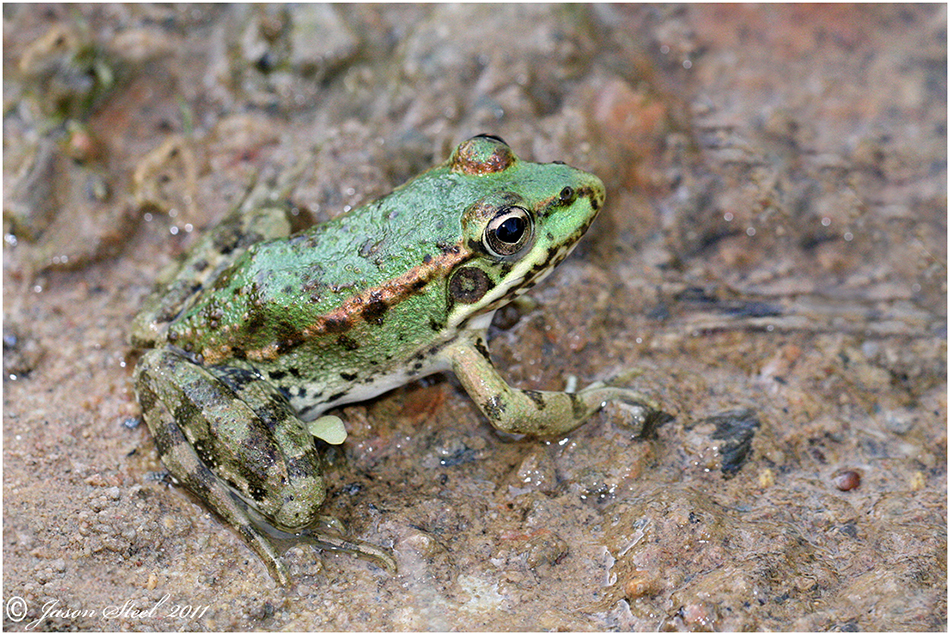
Juvenile Perez's Frog, Pelophylax perez, Torremolinos, Spain. 22nd August 2011
Perez's Frog - Pelophylax perez
The Perez's Frog is the Common Frog of Spain and is found right across Spain, France and Portugal. It is even found on a couple of sites here in the UK (Sheppy in Kent & Newdigate in Surrey). It has many names including the Western Mediterranean Green Frog, the Iberian Frog, and the Iberian Water Frog. The colouration and patterning of this frog can vary so greatly that it can easily be confused with other species. Adults can grow up to 100mm in length.
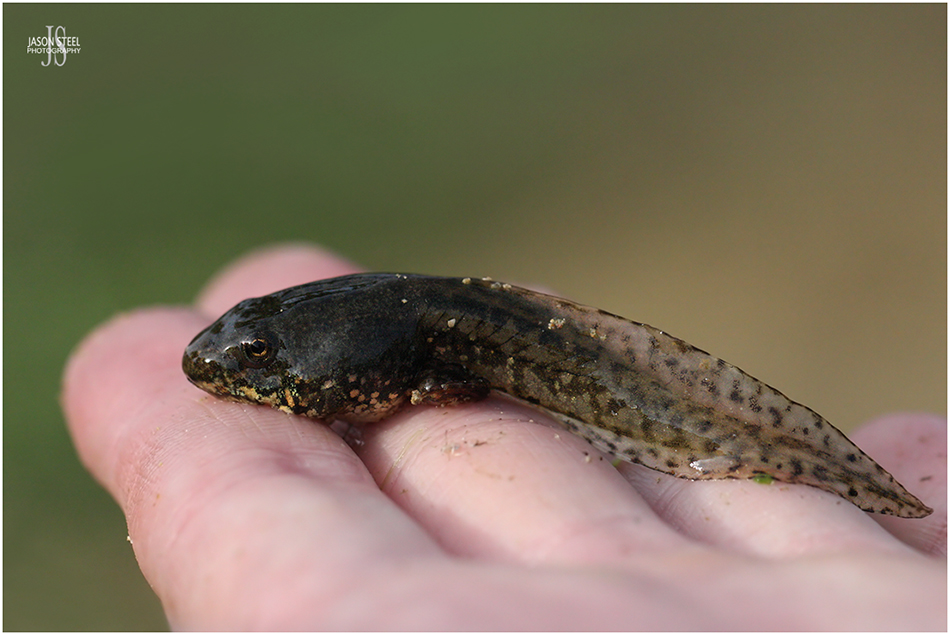
Perez's Frog tadpole. Torremolinos, Spain. 21st August 2011
The tadpoles of the Perez's Frog are quite large and can reach 70mm in length before metamorphose. Even once the frog has matured is is almost never found far from water. In the wild the Perez's Frog usually has a lifespan of around 10 years and they reach sexual maturity in their second year.
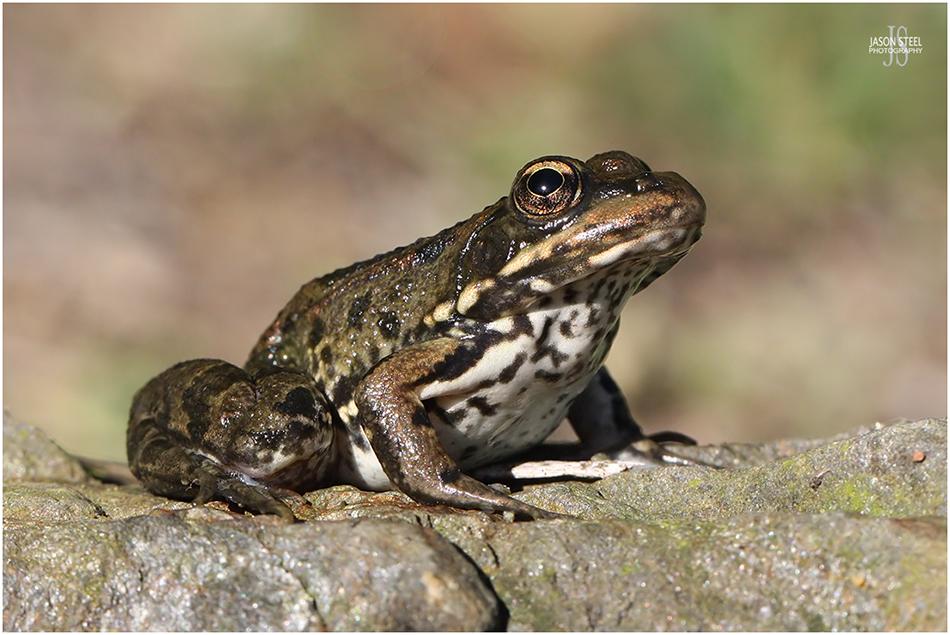
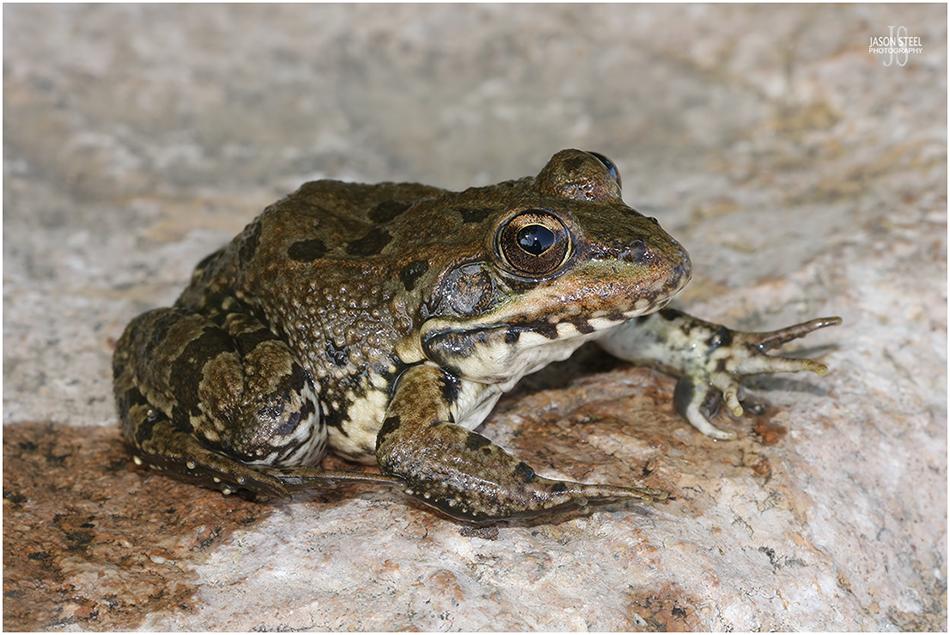
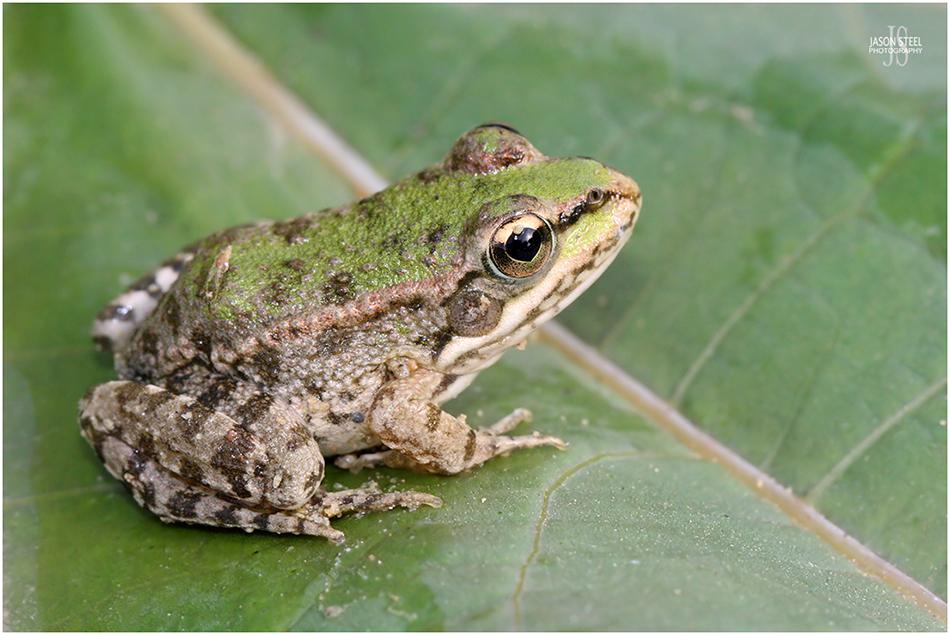
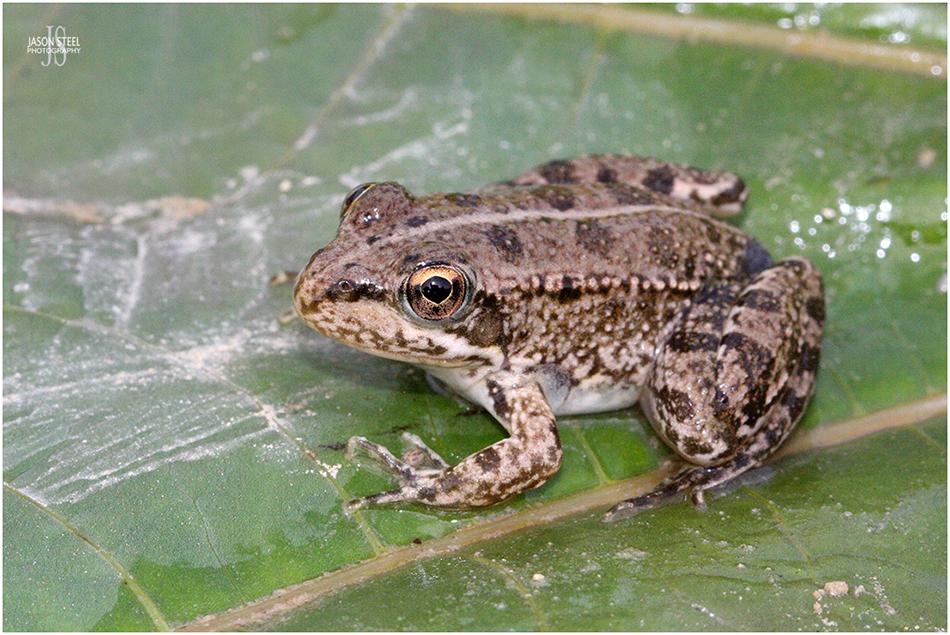
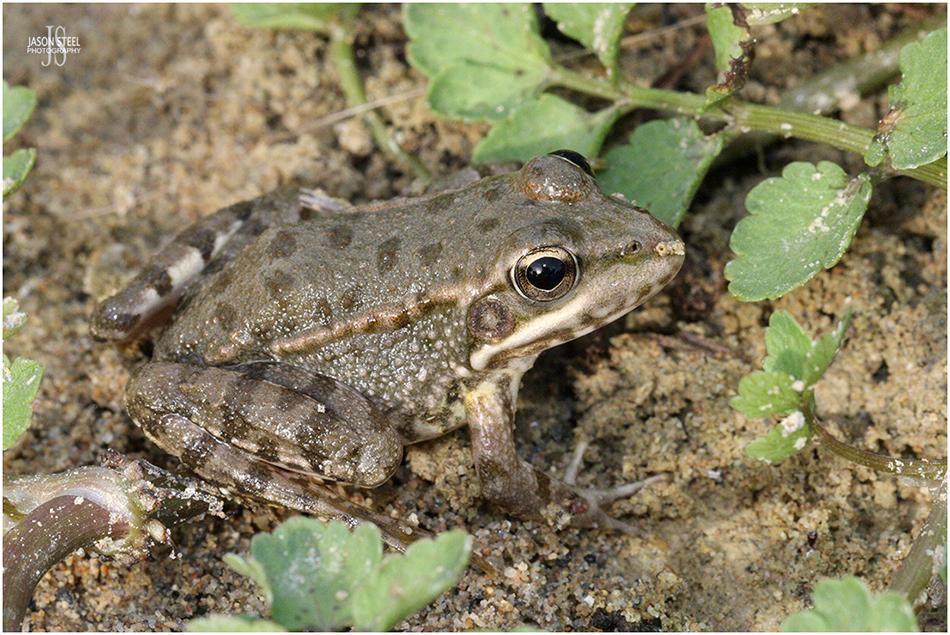
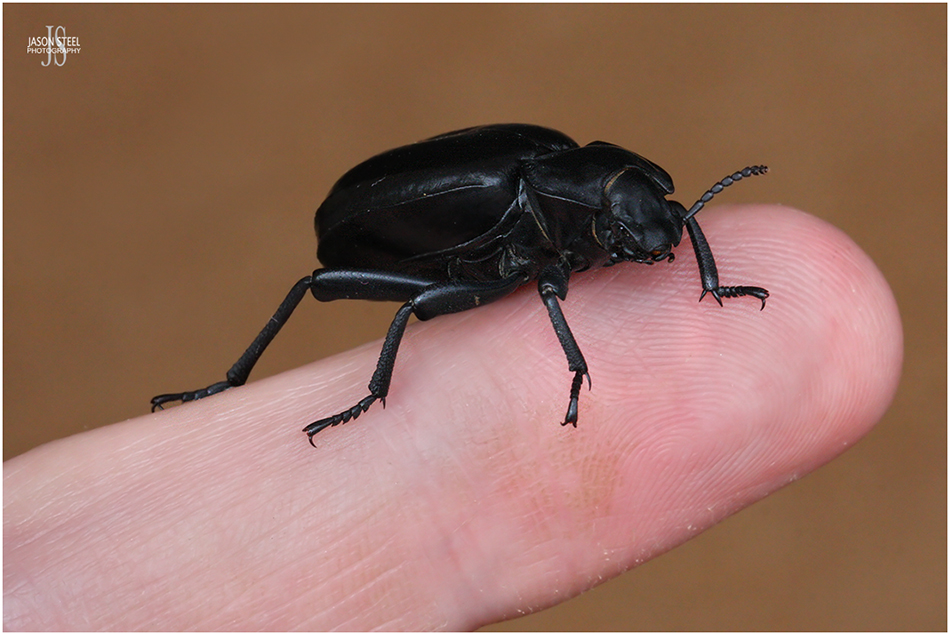
28mm Darkling Beetle. Torremolinos, Spain. August 2011
Darkling Beetle - (Morica planta)
These are medium / large sized beetles that grow to around 18-30mm in length. This beetle belongs to the group of beetles known as the Tenebrionidae (Darkling Beetles). I found many of these in small groups during my stay in Spain. Some were out in the midday sun whilst others were under refugia.
